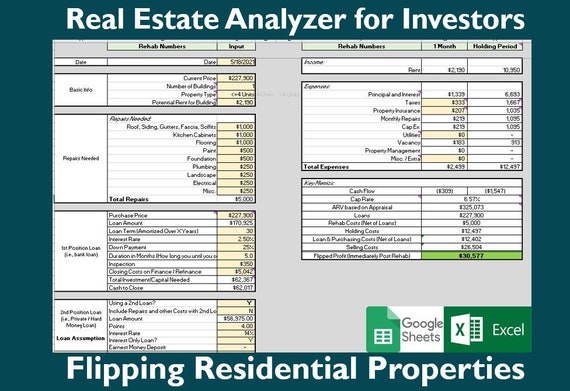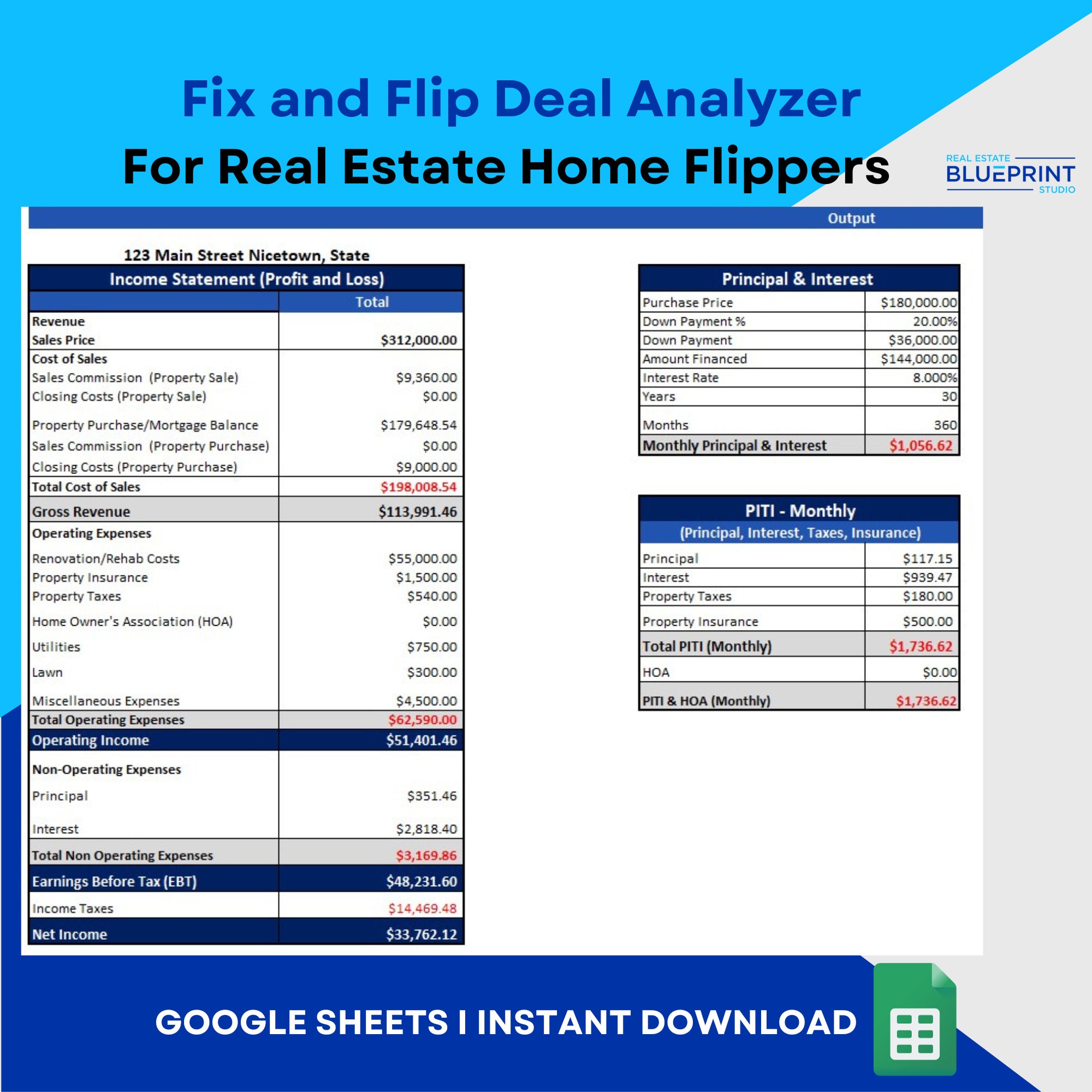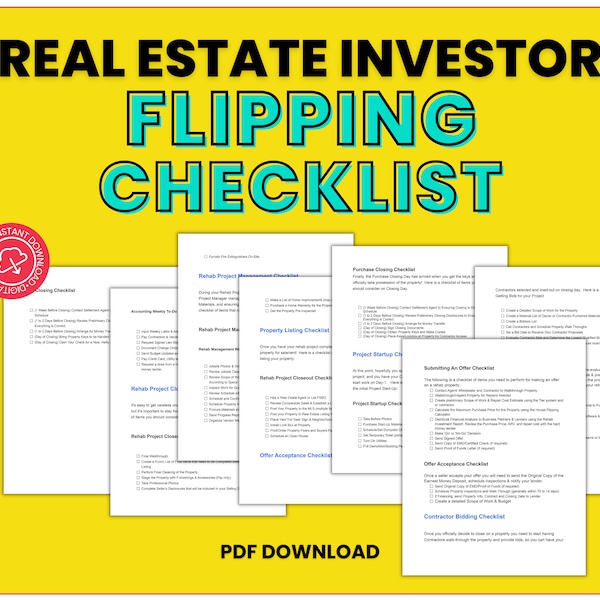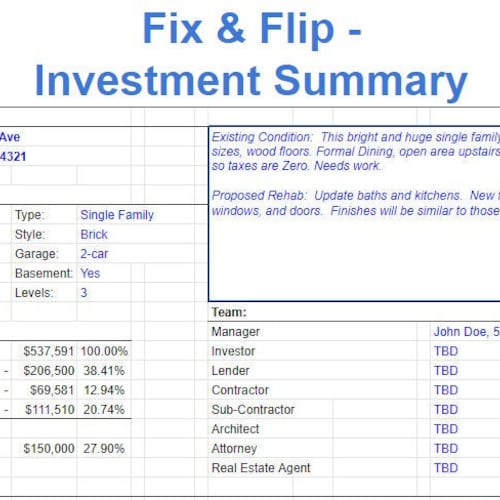How To Flip Paper Real Estate

The paper real estate market is surging, offering rapid profits for those who master the art of flipping contracts. Learn how to navigate this lucrative, yet complex, investment strategy.
Paper real estate, also known as contract assignment, is a method of flipping real estate without ever owning the property. It involves finding a property under contract and then assigning that contract to another buyer for a fee. This article outlines the key steps and strategies for success.
Finding Deals: The First Hurdle
The foundation of successful paper flipping is identifying undervalued properties. Focus on markets with high demand and limited inventory. Target motivated sellers who are willing to accept below-market offers.
Drive for dollars and look for distressed properties that needs repairs. Public records like tax delinquencies and probate filings, and online marketplaces like Zillow and Redfin are good places to start.
Networking with real estate agents, wholesalers, and other investors provides access to off-market deals. Building relationships with contractors can identify properties needing renovation.
Securing the Contract: Key Provisions
Negotiate favorable contract terms to ensure profitability. Secure an 'assignable' contract. Without this clause, you cannot transfer the contract to another buyer.
Include an inspection contingency to allow due diligence. Negotiate a sufficient closing timeframe to market the property. Ensure the contract includes an escape clause if you can't find a buyer.
Offer a earnest money deposit to show good faith. Remember the earnest money is at risk if you default on the contract without a valid escape clause.
Finding a Buyer: Marketing and Networking
Target cash buyers, investors, or rehabbers. Build a buyer's list of active investors in your target market.
Market the property through online platforms, social media, and email marketing. Showcase the property's potential and highlight its investment appeal.
Wholesaling groups and investment clubs provide access to potential buyers. Network at local real estate events to build relationships.
The Assignment Process: Closing the Deal
Once you have a buyer, execute an assignment agreement. This agreement transfers your rights and obligations under the original contract to the new buyer.
Collect an assignment fee, representing your profit for connecting the seller and the buyer. This fee is typically paid at closing.
Coordinate the closing with the title company and all parties involved. Ensure all paperwork is completed accurately and in a timely manner.
Legal and Ethical Considerations
Understand the legal and ethical implications of contract assignment. Consult with a real estate attorney to ensure compliance with local laws.
Disclose your role as an assignor to all parties involved. Transparency is crucial for building trust and maintaining a good reputation.
Avoid misleading marketing practices or misrepresenting the property's condition. Operate with integrity and provide accurate information.
Financing Options: Minimizing Risk
Typically no financing is needed because you don't own the property. However, you may need earnest money or marketing budget.
Consider using transactional funding for earnest money deposits. This short-term financing option provides funds for a limited time.
Build relationships with private lenders who can provide funding for your buyers. This expands your buyer pool and facilitates faster closings.
Technology and Tools: Streamlining Operations
Use CRM software to manage leads and track deals. Real estate apps can help analyze properties and estimate values.
Online marketplaces and social media platforms are essential for marketing properties. Utilize digital tools to streamline the assignment process.
Virtual assistants can handle administrative tasks and free up your time to focus on higher-value activities. Consider hiring staff for scale.
Market Analysis: Identifying Opportunities
Stay informed about market trends and economic indicators. Identify areas with high growth potential and increasing property values.
Analyze comparable sales to determine the fair market value of properties. Use data to make informed investment decisions.
Monitor foreclosure rates and distressed property listings. These indicators can reveal opportunities for acquiring undervalued properties.
Risk Management: Protecting Your Investment
Conduct thorough due diligence before signing a contract. Inspect the property and review all relevant documents.
Build a contingency fund to cover unexpected expenses. Diversify your portfolio to mitigate risk.
Establish strong relationships with reliable professionals, including attorneys, contractors, and title companies. Protect yourself with a solid team.
Scaling Your Business: Building a Team
Once you've mastered the basics, consider scaling your business. Hire team members to handle specific tasks.
Develop a standardized operating procedure to ensure consistency. Delegate tasks and manage your team effectively.
Invest in training and development to enhance your team's skills. Create a profitable business that can last.
Paper flipping offers a low-barrier-to-entry into real estate investment with the potential for rapid returns. With careful planning, diligent execution, and a focus on ethical practices, individuals can build a successful and sustainable paper real estate business.


















